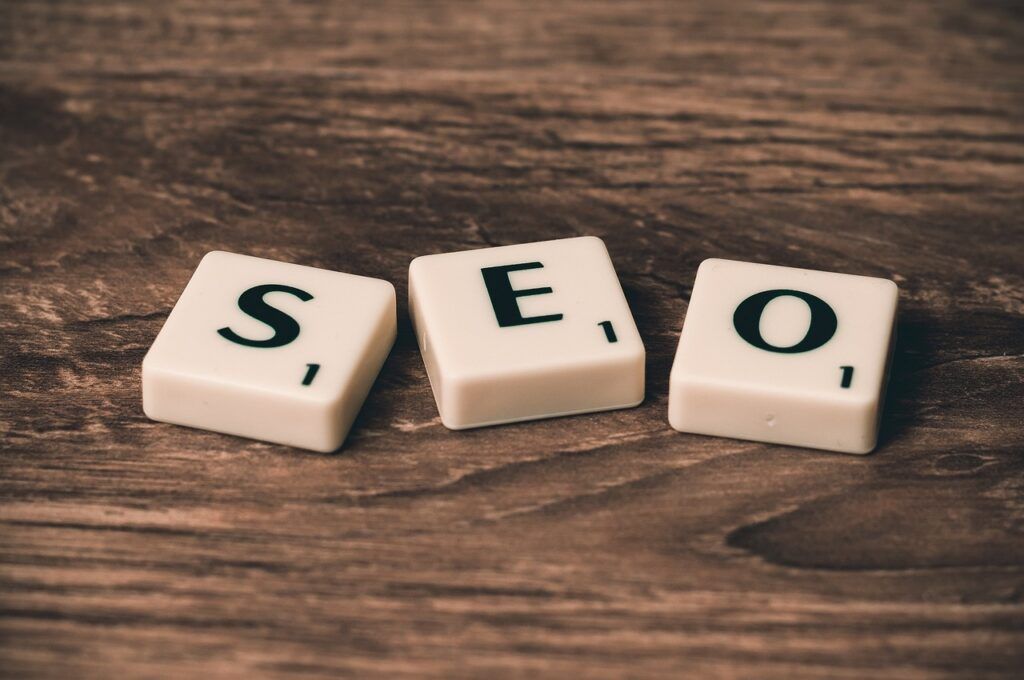Q1: What is Ecommerce Copywriting and Why Does it Matter?
If You are a small business owner who sells products or services online, or you are starting out in a career copywriting for businesses, Ecommerce copywriting means writing words and descriptive text that help sell products or services online by their description.
Copywriting covers everything from product descriptions and category pages, to promotional emails, offers, newsletters and more. Good copy (as the words are known as) helps shoppers understand what is for sale, why it is valuable, and how to take action, such as clicking “Add to Cart.” or ‘Contact Us’.
If you are just starting out, being clear, honest, and helpful makes a big difference in getting customers’ attention and driving sales.

Q2: How Can I Make Product Descriptions More Effective?
When you write product descriptions, as a copywriter, your main goal is to keep them simple and clear. Start by describing what the product does, including features and benefits that matter most to shoppers.
An important tip for you is Instead of copying the product information given to you by your suppliers, focus on how the product will help customers solve a problem or improve their routine. Then build that in.
Adding a brief story, real-life example, or even customer testimonial can help your buyers picture the product in their daily lives. Using words people use in searches and covering practical details—like size, materials, or colors—helps them find exactly what they’re after.
But remember its the benefits to your customer that sells, not the features. To understand more about writing that focuses on benefits, take a look at my post How to Create Engaging Copy to Win More Sales and Orders for Your Business

Q3: How Do I Write Headlines and Calls to Action that Get Results?
A headline is the first thing people spot, so keep them short and straight to the point.
Examples like:
“Soft Cotton Bath Towels, Fast Drying, Ultra Absorbent” tell shoppers exactly what’s being offered.
For calls to action, use clear, friendly phrases like “Shop Now,” “Add to Cart,” or “Grab Yours Today.” These guide shoppers on their next step.
Also, try writing a strap line that makes people stop. look. and consider what it is that your product offers them. Words such as
- Discover (Why our travel bag is best for business travel etc)
- Learn (The secret to stronger nails in the work environment… using our strengthener)
- Unearth (How Busy Mums are saving time….)
Make readers want to know more. Especially if your Headliners include the Benefit particular to your customers.
Matching the wording and tone to your brand keeps your store feeling welcoming and trustworthy.

Q4: What Tips Help with Writing for SEO in Ecommerce?
Writing for SEO (Search Engine Optimisation) means using specific keywords and phrases that people actually type into search engines when looking for products or services. As a tip, I usually check what phrases real buyers use by searching related products myself. I naturally fit these terms into titles, descriptions, and key sections,
A tip if you use Google. Type your product or service into the search bar with words like “How does (your product) help (your customer type)
Look at the results Google gives you. Then scroll further down and you will see a section:
“PEOPLE ALSO ASK”
look at the results, and these are real questions your product audience asks Google. You can look to incorporate some of these phrases into your descriptions.
but I avoid stuffing them everywhere. If you do, the major search engines will penalise you.
Also, if you Include and follow: descriptive image alt text, break up content with clear subheadings, and write unique meta descriptions, then these will all help boost your product listings in search results.
If you write for a specific platform like Shopify or Amazon, then following their SEO suggestions is also a good move.
Join my FREE weekly email series of tips and hints to help you with your content, writing Ads, copy, etc, and get your FREE Downloadable E-Book on ‘How to Write Content for Your Business’

Q5: What Mistakes Should I Avoid as a Beginner Ecommerce Copywriter?
One mistake I made early on was using too much technical language or making the writing sound fancy for no good reason. Your audience and shoppers want to know what the product is, how it works, and whether it’s right for them (the Benefits). Other slip-ups can include writing bland or generic descriptions, skipping out on essential details like available sizes or colors, or overpromising on features.
It’s also key to double-check grammar, spelling, and price details—little mistakes like these can make buyers lose trust and leave.
Q6: How Can I Improve my Ecommerce Copywriting Over Time?
Practice is crucial. Try writing several versions of a product description and ask friends or colleagues for feedback on which one feels most convincing or natural. Study copy from top online stores and notice how they use stories, customer quotes, or specific benefits to win over shoppers.
Testing different headlines or calls to action can help you figure out what connects best with your audience. Also, reading up on consumer psychology or browsing copywriting forums can give your skills a real boost. Don’t hesitate to try new approaches—over time, you’ll build instincts for what works.

Q7: Where Can I Find More Resources or Expert Advice as a Beginner in Copywriting?
There are great resources out there for digging deeper into ecommerce copywriting. Trusted sources like Shopify’s blog and BigCommerce publish super helpful guides filled with up-to-date tips. You can also check out books on copywriting, listen to ecommerce podcasts, or join online communities where writers share advice and answer questions.
The bottom line for you: Start with clarity, honesty, and a focus on the customer. Your copy will get better the more you write, test, and ask for feedback. Soon, you’ll feel much more comfortable with your efforts helping your products stand out online and remember:
- Dont just use word for word your suppliers descriptions.
- Use power words like “Discover” “Unearth” “Stop” in your Headlines.
- Write how your product solves your customers particular pain points and problems – The benefits.
Thanks for reading, You can join my FREE weekly email series of tips and hints to help you with your content, writing Ads, copy, etc, and get your FREE Downloadable E-Book on ‘How to Write Content for Your Business’ which covers things like:
- The 4 Types of Content You Need
- Templates You can Use
- The 10 Minute Content Creation Formula
